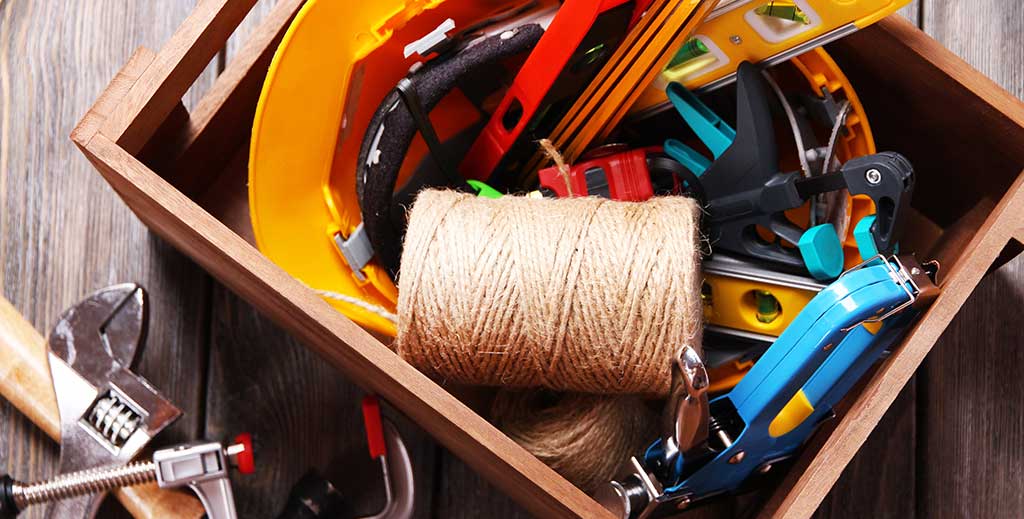The human eye is provided with more protection than any other part of the body. However, its own protection is not enough.
Workers can still get particles of dust, metal, wood, glass, concrete, plastic or other hard substance in their eyes. Chemicals, acids, sparks, hot oil, fire and steam are also eye hazards. But natural elements can also be harmful to our eyes.
Our eyes are constantly attacked by exposure to wind, heat and glare. Proper lighting is essential for our eyes, especially in an industrial setting where increased illumination levels can improve comfort, efficiency, productivity and safety. But exposure to some light sources, like the intense radiation from a welding torch, can be serious. For example, painful burn to the cornea can result unless proper eye protection is worn.
In order to prevent eye injuries, protective eye shields, glasses or other approved eyewear must be worn. Coverall goggle or face shields must be used in situations where safety glasses are not enough, such as in areas where high concentrations of dust or flying particles exist. Contact lenses do not provide eye protection in the industrial sense; their use without eye or face protective devices of industrial quality is not permitted. If you need to wear corrective lenses on the job, wear prescription safety glasses.
Regular eyeglasses are not a substitute for safety glasses.
Have your eyes examined periodically. Accidents and injuries are sometimes the result of poor vision and eyestrain. Always wear safety glasses or goggles when working or when in an operating area. Use a full face shield and goggles when using grinders, opening/closing valves or operating any equipment from which a splashing effect can be created.
Watch for tree branches and other objects that protrude at eye level. Often times workers who have had close calls and nearly lost their eyesight are extremely conscious of wearing the proper eye protection and can recognize unsafe eye conditions just about anywhere. Wherever you are working, make sure that emergency first-aid equipment and supplies are available.
Never rub your eye if you get something in it. If a particle is under the upper lid, gently grasp the lashes of the upper eyelid between your thumb and forefinger, look upward, and pull the eyelid forward and downward over the lower eye. This action will automatically trigger tears, which will often dislodge the foreign object. If the particle appears under the lower lid, pull the lid down by pressing your finger gently against the lid below the lash. Use a moist cotton swab or other applicator to gently remove the particle. If it does not come out easily, seek medical attention. If your eye is seriously injured, cover it with a sterile oval eye pad, a clean cloth or a piece of gauze then seek medical attention. Never use any kind of oil on the eye for first-aid treatment. If the eye has come into contact with acid or chemicals, flush the eye with plenty of water from an eye wash station then seek medical attention. Always protect your eyes as prevention is always better than cure.
“Character cannot be developed in ease and quiet. Only through experience of trial and suffering can the soul be strengthened; vision cleared; ambition inspired, and success achieved.” –Helen Keller
Thanks for the share, TO!



